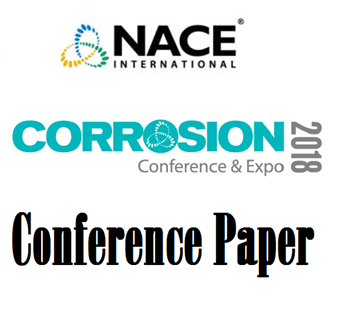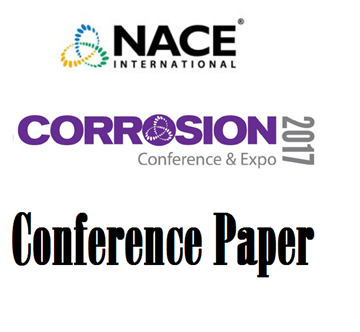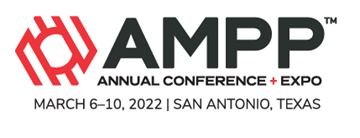Search
Products tagged with 'nace tm0177'
View as
Sort by
Display
per page
51318-10836-Stability of buffer solutions for SSC test in stainless steel OCTG material from experimental approach
Product Number:
51318-10836-SG
Publication Date:
2018
$20.00
Domain Diagrams for the Sulfide Stress Cracking Resistance of High Strength Low Alloy steel 41xx Bar Stocks
Product Number:
51320-14590-SG
Publication Date:
2020
$20.00
Fracture Toughness Testing Methods in H2S Containing Environment for Metallic Materials
Product Number:
51317--8930-SG
ISBN:
8930 2017 CP
Publication Date:
2017
$20.00
From Pits To Cracks: A Review Of 45-Years Of Published Research On Surface Trenches In Low Alloy Steels Exposed To H2S-Containing Environments
Product Number:
51322-17957-SG
Publication Date:
2022
$20.00
Naturally Buffered Iron Chloride Containing Solutions for SSC Tests of Low Alloy Steels
Product Number:
51324-20732-SG
Publication Date:
2024
$40.00
On the Additive Manufacturing of Alloy 718 for Meeting the Standard Industry Hydrogen Sulfide Requirements
Product Number:
51323-18809-SG
Publication Date:
2023
$20.00
Sulfide-Stress Cracking Threshold Stresses and Operational Limits for the Safe Use of UNS S17400 (17–4PH) in Oilfield Services
Product Number:
51320-14431-SG
Publication Date:
2020
$20.00
The Influence of Electrochemical Potential and Stress-Level on Trench Nucleation on Ni-Bearing Low Alloy Steels in Sour Environments
Product Number:
51323-19030-SG
Publication Date:
2023
$20.00








